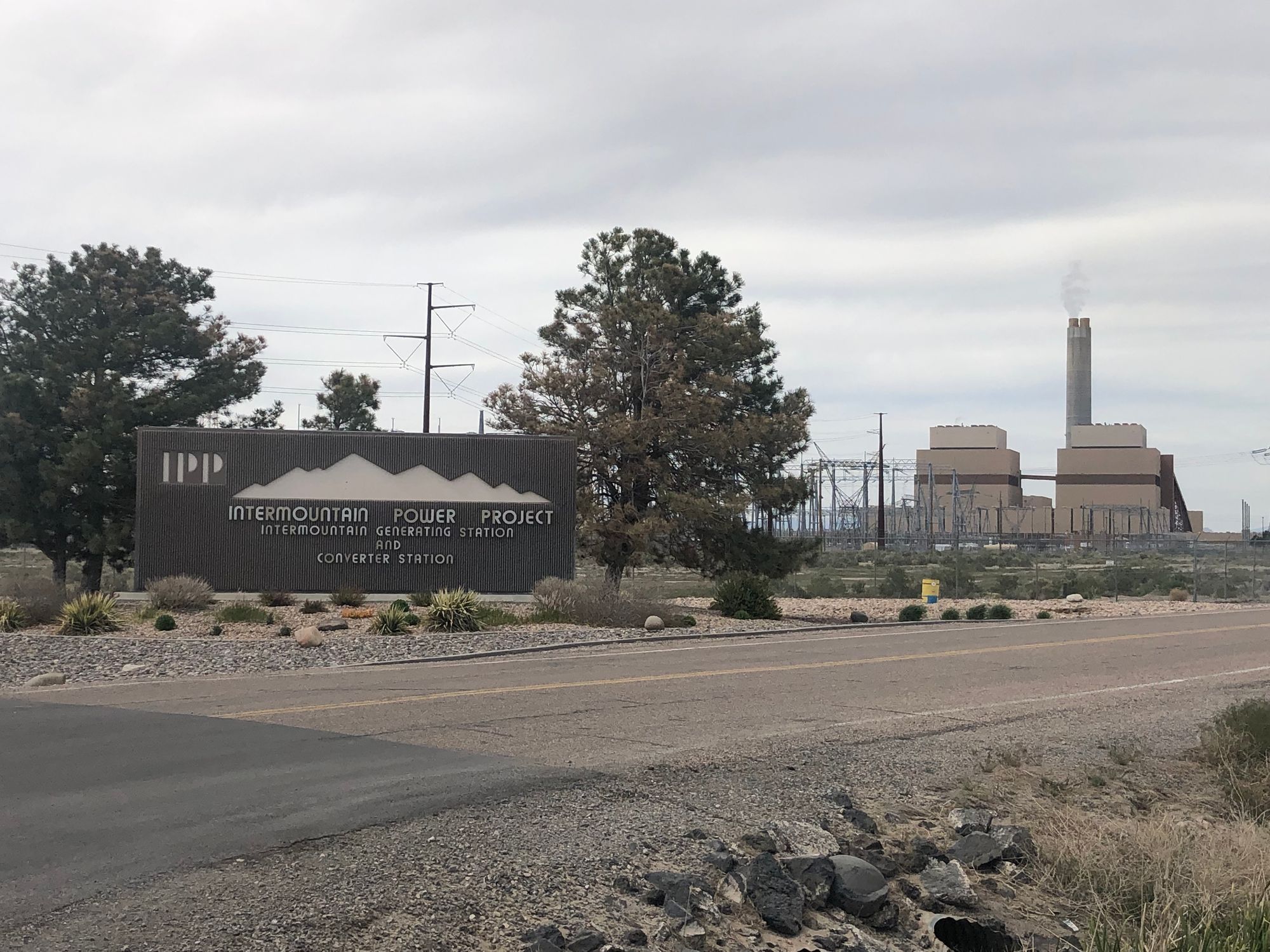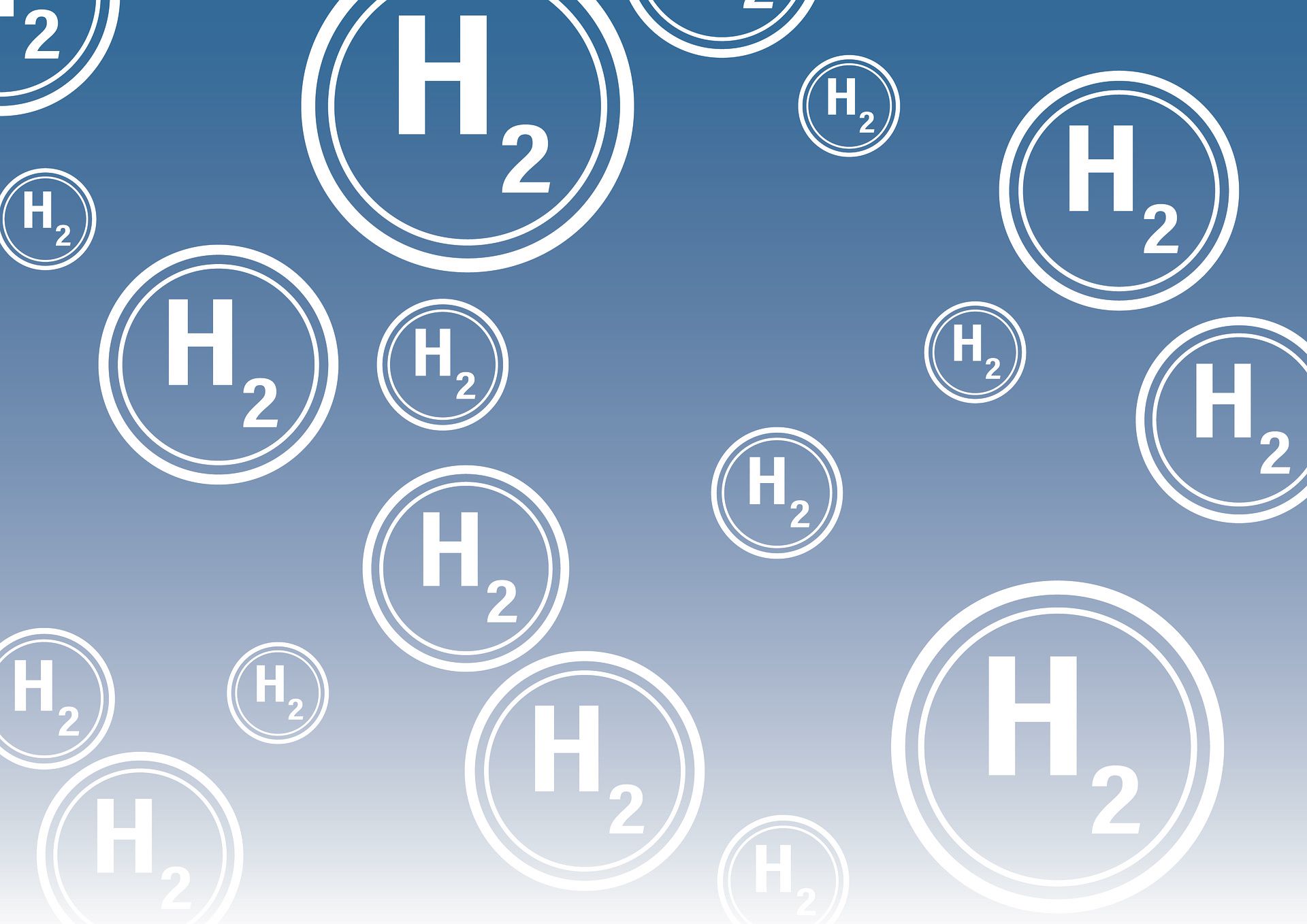Supported by a geological anomaly, scientific advancements, one of the largest industrial companies in the world, and a $504 million loan from the U.S. Department of Energy, the Advanced Clean Energy Storage joint venture is taking a new approach to carbon-free electricity and hoping to stand the energy industry on its head.
To be honest, most Utahns would likely be hard pressed to identify where Millard County is located on a map of the state.
This third largest county in Utah is a sparsely settled, mostly flat and arid land that, if it’s known at all today, has notoriety for four things:
- The county and the county seat, Fillmore City, owe their respective names to the 13th president of the United States—Millard Fillmore;
- Fillmore was at one time the Territorial Capitol of Utah;
- There are more than three million chickens living in Delta, Utah, the second largest city in the county, making it one of the largest egg-producing locales in the country (courtesy of Cal-Maine Foods, the largest egg producer in the United States); and
- Millard County also happens to be the home of the Intermountain Power Project, the coal-burning power plant owned by Intermountain Power Agency (IPA) that for 26 years has been producing electricity for numerous municipalities and agencies, most notably the Los Angeles Department of Water and Power.

Except there’s one problem and that is this: since mid-2009, Los Angeles, California has pledged it will become coal-free, with the city’s current goal to be 100% powered by renewable energy sources by 2045.
That’s where the Advanced Clean Energy Storage project comes into play, the barely emerging yet swing-for-the-fences undertaking for producing carbon-free, renewable energy.
Just last week, ACES Delta (as it’s now known) landed a half-a billion-dollar loan commitment from the U.S. Department of Energy.

Although that DOE commitment is currently conditional, the upshot is that there is now over $1.1 billion in outside monies in play to help drive the success of ACES Delta, a joint venture effort to create the largest green hydrogen production and storage facility on the planet.
That’s why I hoofed it down to Millard County this past weekend for a couple of hours to get a firsthand perspective of the initial inklings of this massive undertaking some 10 miles north of Delta, Utah.
The Transition Away from Coal
In May 2019, Salt Lake City-based Magnum Development and Florida-based Mitsubishi Hitachi Power Systems announced they had formed Advanced Clean Energy Storage as a joint venture designed to power the production of carbon-free electricity at the IPP facility in central Utah.

This JV is nothing if not bold.
The participants plan to build something that has never been done before—an industrial-scale facility that, when completed, will produce massive amounts of so-called “Green Hydrogen” on site.
This Green Hydrogen will then be stored in an underground salt dome located on land immediately adjacent to the IPP compound and the grid of high voltage transmission lines already in place in central Utah.
As a result, the Intermountain Power Agency will be able to stop creating electricity by burning coal, a non-renewable resource that also generates significant air pollution when burned.
Instead the IPA will transition off of coal by 2025 and start using a 70/30, natural gas/Green Hydrogen mixture instead. And by 2045, the plan is that IPP will only use Green Hydrogen as its power source.
Conversely, the Green Hydrogen will be created immediately across the street from IPP where the equivalent of up to 150 gigawatt hours (150GWh) of Green Hydrogen can be stored in a single underground salt cavern created underneath the 11,000 acres owned and controlled by Magnum Development.

[NOTE: A mid-2019 Mitsubishi news release says 150 GWh is enough to power 150,000 homes for an entire year.]
Under the Magnum acreage in central Utah lies the “only known ‘Gulf Coast’ style domal-quality salt formation in the western U.S.” This massive underground blob of crystalized salt lies up to 3,000 feet below ground and was likely created millennia ago by the evaporation of Lake Bonneville, a freshwater lake that at one time covered large portions of Utah.
By pumping fresh water underground and then removing the briny water, ACES Delta will create massive salt caverns, some as tall as the Empire State Building, caverns that have proven ideal for storing compressed gasses. [NOTE: Magnum Development has already created four salt caverns at the ACES Delta site in Millard County.]
According to a Forbes article sponsored by Mitsubishi in early 2020,
“The huge salt dome in Delta could potentially house as many as 100 storage caverns.”
In other words, the potential exists to produce and store up to 150,000 GWh of Green Hydrogen at ACES Delta, enough to provide the annual electricity needs for 150 million households, more than all the homes in America.
A Brief Chemistry Refresher Course
You may recall from your study of chemistry that hydrogen is believed to be the most common element in the universe, and in its elemental form, hydrogen is colorless, odorless, tasteless, and non-toxic.
Hydrogen molecules, H2, are most often found in gaseous form, but they can also exist in liquid, plasma, and solid states.

Hydrogen atoms include a single neutron and one electron, making it the ideal chemical partner to combine with almost any other element, especially for the formation of organic compounds.
Of course, as many grade school children know, the combination of oxygen with hydrogen produces water,
aka H2O
When energy is applied to water—through sunlight, fire, or electricity—water separates into its standalone elements of hydrogen and oxygen:
Energy + 2H2O = 2H2 + O2
Interestingly though, hydrogen gas also happens to be extremely combustible, so that when hydrogen is “burned” it combines with oxygen to form water, as shown here:
Energy + 2H2 + O2 = 2H2O
What is Green Hydrogen? And Why it Matters.
Although there are those who debate the hypotheses and theories surrounding the causes and risks of climate change, there is virtually no debate that producing energy by burning carbon-based fuels pollutes the atmosphere, typically with carbon dioxide, regardless of whether such fuels are in the form of coal or petroleum-derived liquids.
Additionally, our planet has a limited, non-renewable supply of such fossil fuels, which has given rise to the identification and production of renewable energy sources that can be used to generate electricity, the most commonly available power source used on the planet today.
Burning coal at electricity-producing plants like the Sevier Valley’s IPP produces air pollution.
And although this has been its path for over two dozen years, the Intermountain Power Agency has decided it will stop doing so in 2025, opting instead to move to a renewable and less polluting energy source: a 70% natural gas / 30% hydrogen gas mixture. And as noted above, the IPA plans to use just hydrogen starting in 2045.
Natural gas, in its many chemical formations, is easily obtainable and well-known as an energy source for producing electricity.
One of the primary environmental challenges of natural gas, however, is the fact that it is not a renewable resource.
Conversely, hydrogen does qualify as a renewable resource, and that’s what can make it so appealing as an energy source, with emphasis on the word “can.” And that ties back to the question of how the hydrogen is captured in the first place.
Although it’s possible to “create” hydrogen gas through chemical reactions, the most common way of doing so is by applying heat to a compound containing hydrogen to separate it from the other elements in that compound.
As noted in the illustration below, many in industry have begun assigning different colors as adjectives to hydrogen as a shorthand method for communicating the negative or positive impacts of separating the hydrogen gas from the precursor compound.

Of the five processes illustrated above, only the Green Hydrogen process on the far left does not include a carbon-based chemical reaction.
Conversely, the Green Hydrogen process starts with electricity produced using a renewable energy source to break-up water molecules into hydrogen and oxygen via electrolysis (applying an electrical current to water).
Obviously, because there are no carbon atoms in water, the production of Green Hydrogen does not create airborne carbon pollution in the process, nor is carbon sequestration required either.
In other words, one produces Green Hydrogen via the electrolysis of water, the cleanest form of hydrogen production currently available.
Replacing/Augmenting Battery Tech with Salt Dome Storage of Hydrogen
Storing energy for future, on-demand use is not only critical today, but will be crucial for the growing energy demands of the future.
Typically, that means implementing battery technologies, particularly those that are rechargeable, whether that’s batteries tiny enough to power hearing aids or utility scale batteries large enough to supply power to an entire building or factory.
Another way of storing energy, however, has been in use since the mid-2000s, and that is using caverns created within underground salt domes to store natural gas.
In the case of ACES Delta, Mitsubishi and Magnum Development have partnered for the
- On-site production of up to 100 metric tons of Green Hydrogen per day in Millard County, as well as the
- On-site storage of this Green Hydrogen in two soon to-be-created salt caverns.
These new salt caverns will each hold enough Green Hydrogen to produce up to 300 Gigawatt-hours of electricity at the IPP facility immediately across the street.
As part of this process, Intermountain Power Agency plans to retire its coal-burning turbine at the IPP facility with a new gas-burning turbine capable of producing 840 Megawatt-hours of electricity slated to come online in 2025.
This means that when ACES Delta is fully operational mid-decade, its first salt cavern will store more than 35 times the 840 Megawatt-hours of electricity the IPP turbine can produce daily.
As a result, such capabilities mean that the ACES Delta/IPA partnership will be equipped to exceed the current electricity needs of IPA clients for the foreseeable future, while also being able to support future carbon-neutral electricity demands as needed/warranted.
Now all that’s needed is for final financial commitments to be made, something I understand is likely on the near horizon.
And if that’s the case, the Green Hydrogen revolution started in Millard County may likely spread around the globe.








